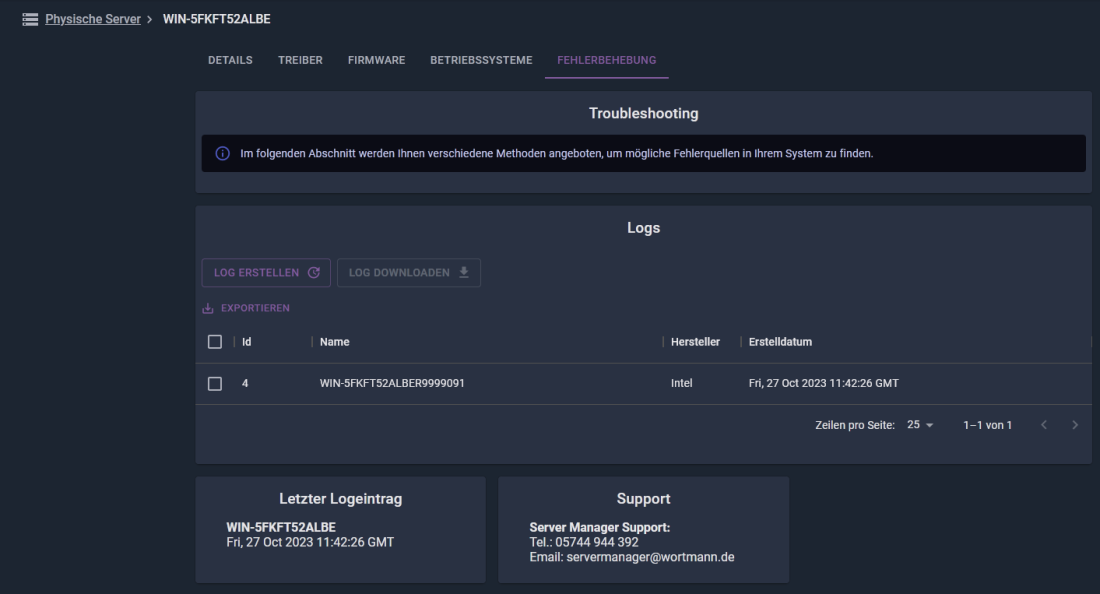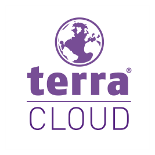Technical Center/en: Unterschied zwischen den Versionen
Die Seite wurde neu angelegt: „Via the virtual computers item you can see all booked VMs and their status, variant and status. <br> <br> border|1100px <br> <br> If you select the small square with an arrow on the right, you can access direct control and detailed information about the respective virtual computer.<br> <br> border|1100px<br> <br> The current IP configuration can also be viewed on the page and the VM can…“ |
Die Seite wurde neu angelegt: „* The Wortmann serial number (Rxxxxxxx) must be stored in the mainboard firmware. * The server must be able to reach the manage.terracloud API via Test-NetConnection: Test-NetConnection api-manage.terracloud.de -Port 443<br>“ |
||
| Zeile 121: | Zeile 121: | ||
=== Overview === | === Overview === | ||
In the overview you can see all currently added onprem servers with information on name, working name, status, serial number and agent version.<br> In addition, the agent for new servers can be downloaded on this page and the token for the initial registration of the agent can be generated.<br> | |||
In | |||
[[Datei:Server_Manager-Übersicht.png|border|1100px]]<br> | [[Datei:Server_Manager-Übersicht.png|border|1100px]]<br> | ||
=== Detail === | === Detail === | ||
In the detail view you can see more detailed information about the currently selected server.<br> | |||
In | In addition to the information in the overview, you can also see data such as the service period or the service description.<br> [[Datei:Server_Manager-Details.png|border|1100px]]<br> | ||
<span id="Treiber"></span> | |||
[[Datei:Server_Manager-Details.png|border|1100px]]<br> | === Drivers === | ||
< | |||
=== | |||
In the driver view you can centrally update various system drivers such as chipset or VGA drivers.<br> | |||
In | [[Datei:Server_Manager-Treiber.png|border|1100px]]<br><br> | ||
[[Datei:Server_Manager-Treiber.png|border|1100px]]<br> | |||
< | |||
=== Firmware === | === Firmware === | ||
In the firmware view you can update the mainboard firmware for selected server models.<br> | |||
In | To do this, it is necessary to store the remote management access data in the detailed view.<br> | ||
[[Datei:Server_Manager-Firmware.png|border|1100px]]<br> | [[Datei:Server_Manager-Firmware.png|border|1100px]]<br> | ||
< | <span id="Betriebssysteme"></span> | ||
=== Operating systems === | |||
=== | |||
On the operating system tab you can download selected operating system ISOs.<br> Server 2019, 2022 and VMware ESXi 7.0 are currently offered there.<br> [[Datei:Server_Manager-Betriebssysteme.png|border|1100px]]<br> | |||
<span id="Fehlerbehebung"></span> | |||
=== Bug fix === | |||
[[Datei:Server_Manager-Betriebssysteme.png|border|1100px]]<br> | |||
< | |||
=== | |||
You can create log files from the server using the troubleshooting tab.<br> Mainboard and RAID controller log files are supported. | |||
[[Datei:TC Physischer Server-Fehlerbehebung.PNG|border|1100px]]<br> | [[Datei:TC Physischer Server-Fehlerbehebung.PNG|border|1100px]]<br> | ||
<div lang="de" dir="ltr" class="mw-content-ltr"> | <div lang="de" dir="ltr" class="mw-content-ltr"> | ||
== Lizenzen == | == Lizenzen == | ||
Version vom 18. Januar 2024, 10:22 Uhr
Registration
Portal link:
https://manage.terracloud.de
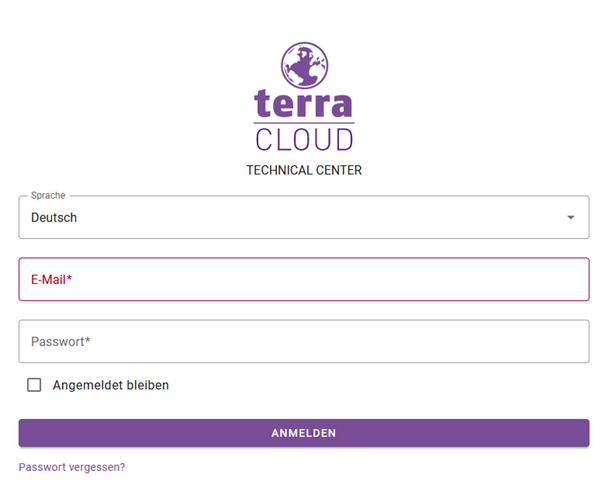
Structure of the portal
Dashboard
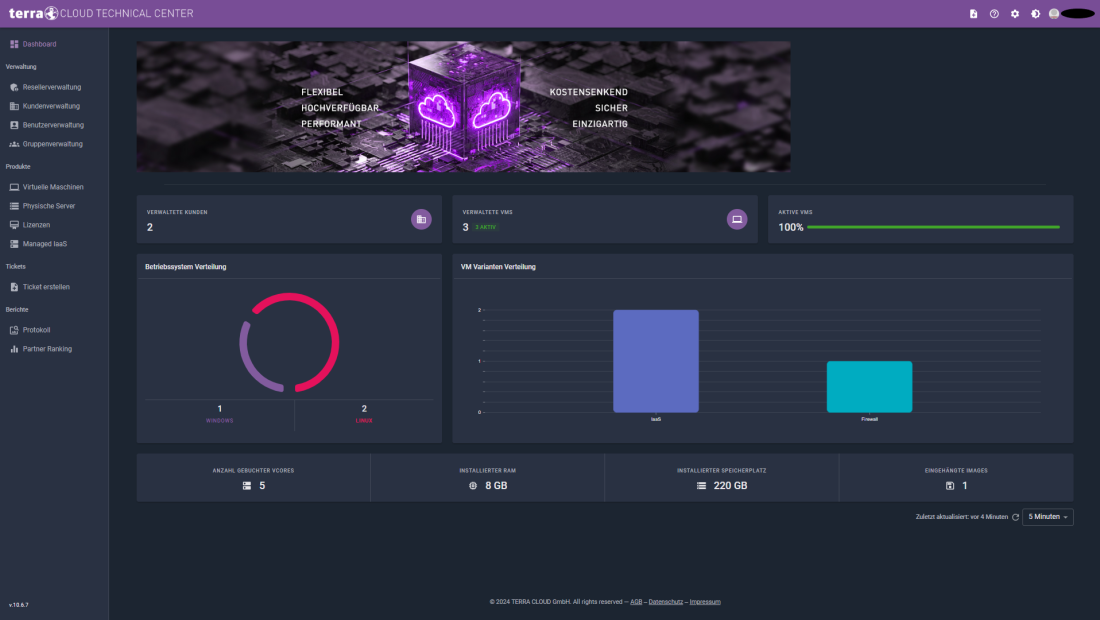
The portal is divided into different areas:
On the left side you will find links to, among other things, customer management, virtual computers, user management and protocol.
In the middle you can see the currently selected page; the screenshot shows the dashboard.
This offers a clear summary of your IaaS products, in the example you can see that there are 3x VMs, two of which are with Windows and one with Linux.
You can also see that all VMs are currently active and how many vCores, RAM, storage space and images are assigned or mounted.
At the bottom right you can configure how often this dashboard should be updated.
If you click on the banner, you will go to the Terracloud wiki https://wiki.terracloud.de.
At the top right you will find the option to change the theme of the website and make various settings related to your account.
Reseller management
In the reseller management you can set up the link as an indirect reseller.
This is required if you want to book and manage CSP services with us.
For detailed information, please see the CSP Bereich on the TerraCloud Wiki.
Customer management
You can view all the customers you have created via customer management. When you select a customer you will find the packages booked.

User management
Every user created can be viewed and edited via the user management.

A new user can be created using the “Create user” button.
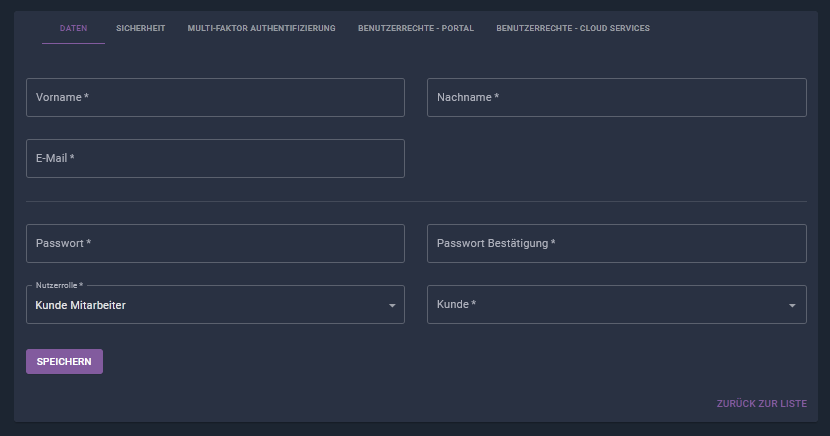
User roles
Reseller Admin => Administrator of the specialist retailer, full access to everything that belongs to the specialist retailer.
Reseller employee => An employee of the specialist retailer who can initially only read all environments that belong to the specialist retailer. Access to VMs can be changed globally using permission templates.
Customer Employee => An end customer account that is trapped in its end customer area. A user in end customer A cannot gain access to data from end customer B in any way.
Create permission templates
Within the user management, you can use templates (so-called authorization templates) to create appropriate roles for access to the virtual systems and then assign these roles to individual employees.
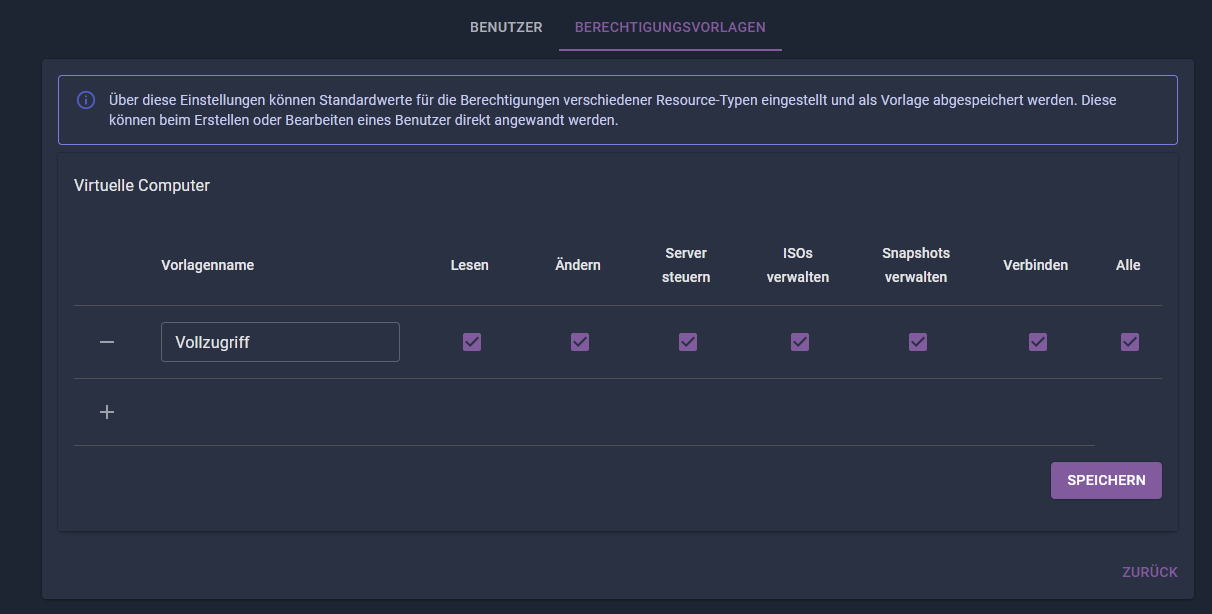
You can delete and edit a role at any time; a maximum of 10 roles per reseller is allowed.
Using the settings of the respective user, you then select the desired role that the employee should have:
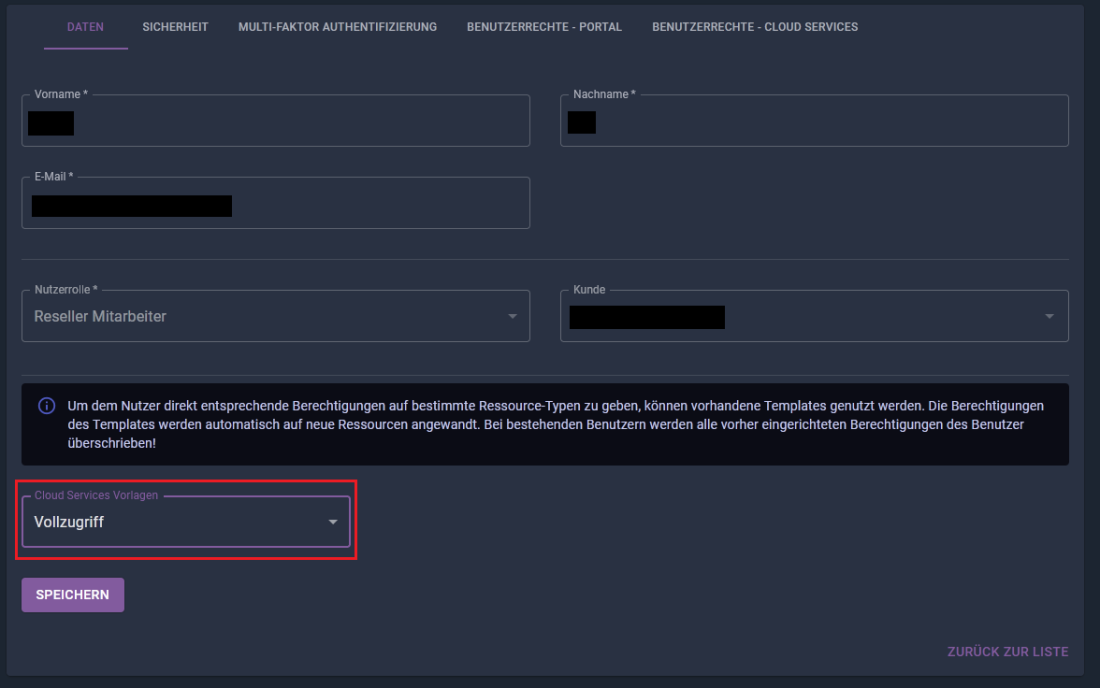
When assigning the role, access to the virtual machines is set once based on the templates; authorizations that have already been assigned are lost.
Once assigned, all future orders are granted permissions based on the role. You can individually adjust the permissions for existing systems at any time.
Group management
In group management you have the option of dividing your customers' virtual computers into different groups.
You can use this to shut down or reset virtual computers together, for example.
In the Group Members tab you can see the existing groups and their members.

You can define additional groups using the Add Groups button and assign the respective resources to the groups using the All Objects tab.

Virtual computers
Via the virtual computers item you can see all booked VMs and their status, variant and status.

If you select the small square with an arrow on the right, you can access direct control and detailed information about the respective virtual computer.
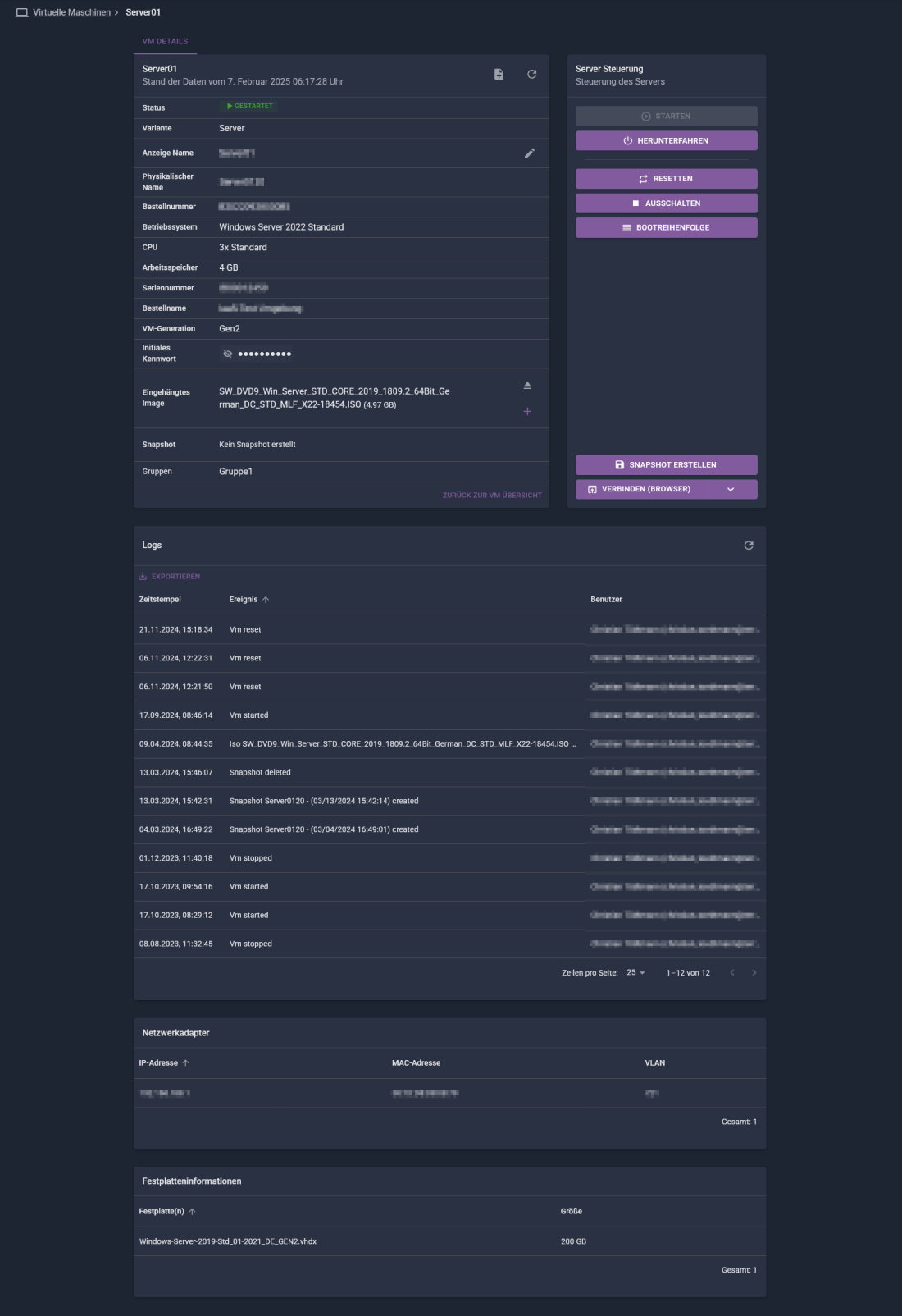
The current IP configuration can also be viewed on the page and the VM can be started, restarted, shut down, reset and switched off.
Using the “Connect (Console)” button you will receive an RDP shortcut with which you can establish a connection to the VM over the Internet.
Please use the “initial password” as your password, which you can also find on this page.
Furthermore, on this page you have the option to create a snapshot if the feature has been booked and to set the boot order.
In order to get the login mask after opening the RDP connection, you usually have to press CTRL+ALT+DEL. Unfortunately, this does not work in an RDP connection.
Instead, please use CTRL+ALT+END.
You also have the option to mount ISOs. To do this, please click on the plus sign or on the triangle if you want to unmount it again.
Unfortunately, it is not possible to mount your own ISO using this form.
Physical Servers
General
The Terra Server Manager is used to manage physical onprem servers with Windows Server operating systems via a central dashboard.
The currently available features include:
- View hardware
- Download operating systems
- View warranty status
- View system certificate
- Get driver database
- Driver updates
- Firmware updates
- Retrieval of operating system ISOs
It is also planned for the future that log files can be created by the mainboard and RAID controller for running systems.
Requirements
- The Wortmann serial number (Rxxxxxxx) must be stored in the mainboard firmware.
- The server must be able to reach the manage.terracloud API via Test-NetConnection: Test-NetConnection api-manage.terracloud.de -Port 443
Overview
In the overview you can see all currently added onprem servers with information on name, working name, status, serial number and agent version.
In addition, the agent for new servers can be downloaded on this page and the token for the initial registration of the agent can be generated.

Detail
In the detail view you can see more detailed information about the currently selected server.
In addition to the information in the overview, you can also see data such as the service period or the service description.
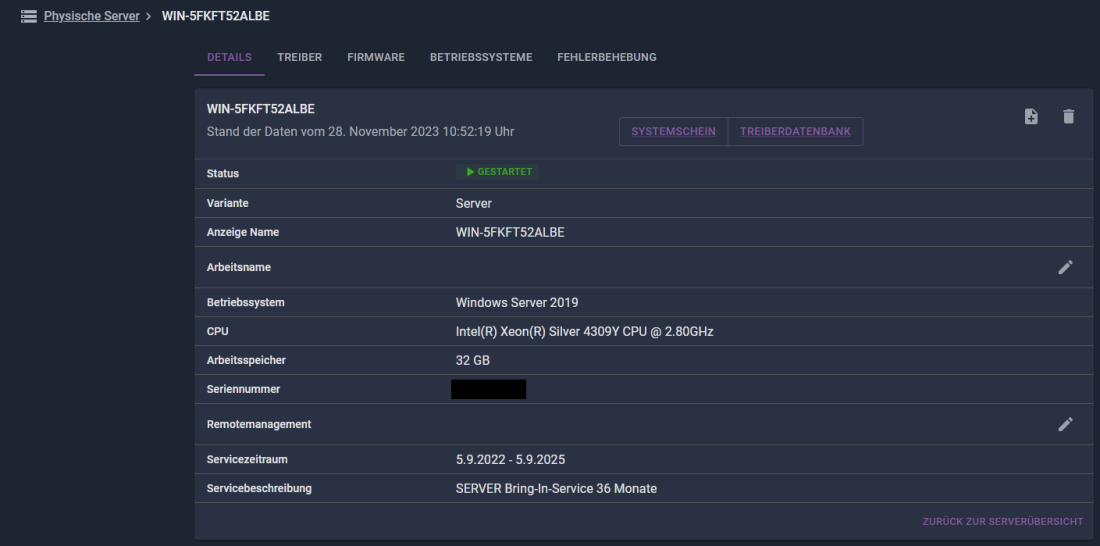
Drivers
In the driver view you can centrally update various system drivers such as chipset or VGA drivers.
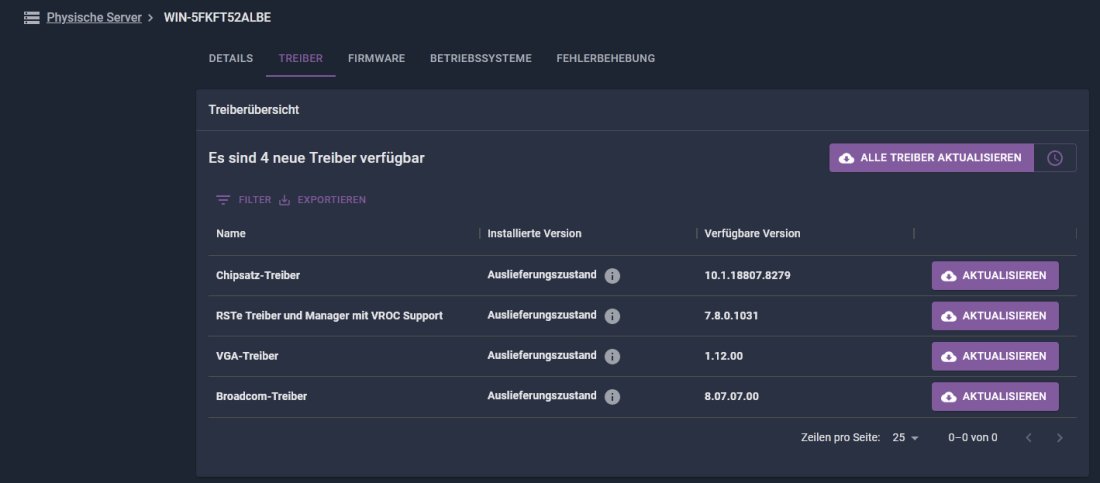
Firmware
In the firmware view you can update the mainboard firmware for selected server models.
To do this, it is necessary to store the remote management access data in the detailed view.
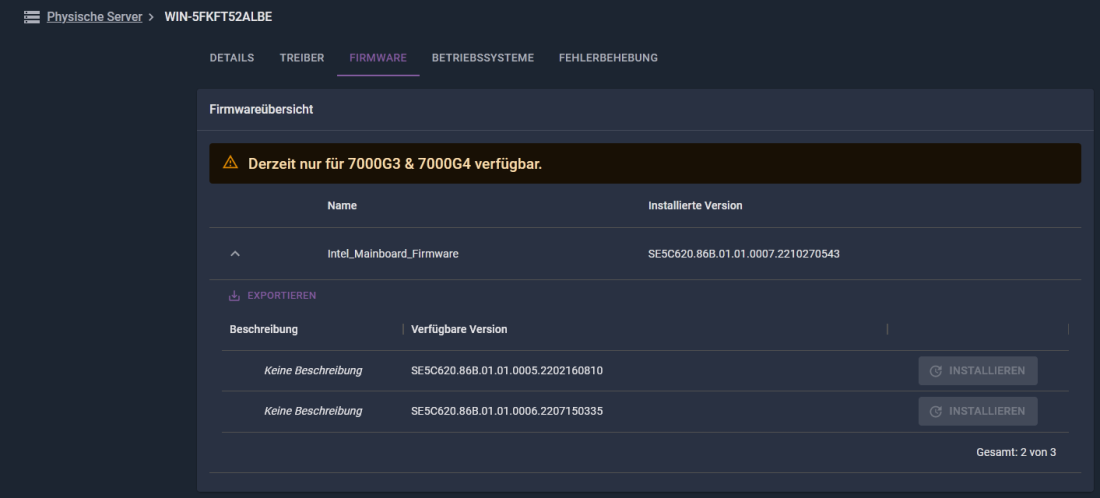
Operating systems
On the operating system tab you can download selected operating system ISOs.
Server 2019, 2022 and VMware ESXi 7.0 are currently offered there.
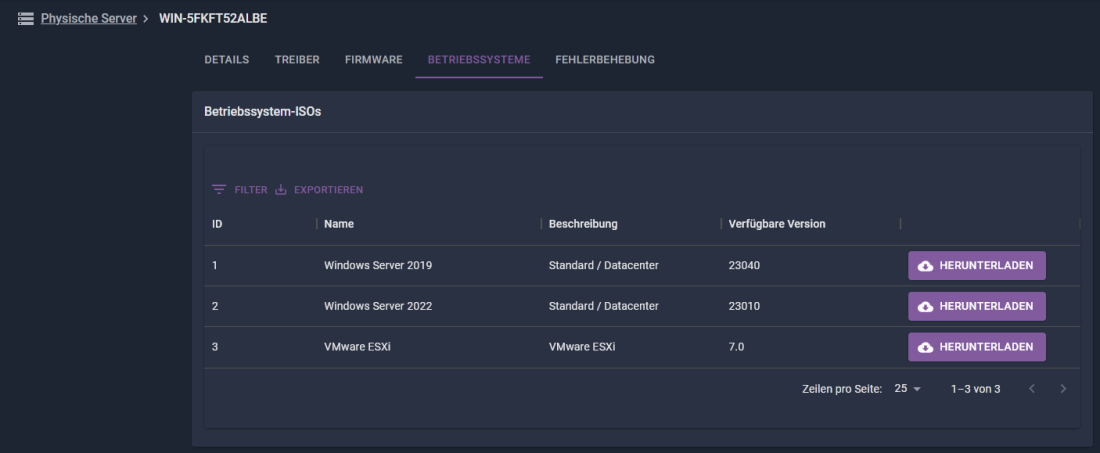
Bug fix
You can create log files from the server using the troubleshooting tab.
Mainboard and RAID controller log files are supported.
Lizenzen
Im Bereich der Lizenzen können Sie gebuchte CSP-Lizenzen einsehen und u.a. den auto-renewal deaktivieren.
Für detaillierte Informationen schauen Sie sich bitte den CSP Bereich im TerraCloud Wiki an.
Managed IaaS
Unter Managed IaaS finden Sie die Verwaltung für gebuchte Managed IaaS Umgebungen.
Tickets erstellen
Sowohl am oberen Rand, als auch in einigen Reitern des Technical Centers, sehen Sie das Icon um Tickets zu erstellen.
Nachdem der Button angeklickt wurde, kann Kontext bezogen eine Mail erstellt werden, welche automatisch mit allen Angaben an Support@terracloud.de geschickt wird.
Bei uns im Support geht somit automatisch ein passendes Ticket auf.
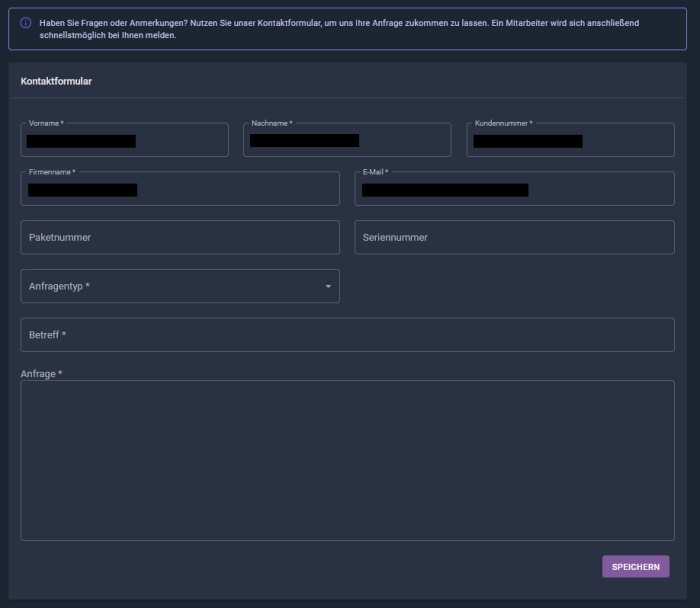
Protokoll
Auf der Protokoll-Seite können Protokolle (letzten Ereignisse) eingesehen werden. Die Suchfunktion beinhaltet eine Volltextsuche, die über alle Spalten sucht.
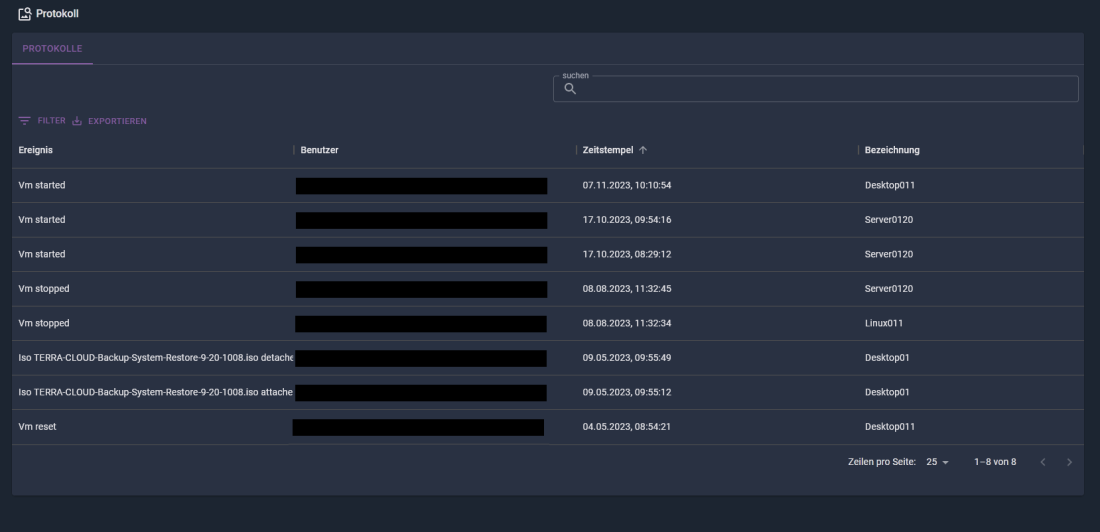
Hilfe
Auf der Hilfe-Seite finden Sie verschiedene direkt-verlinkte Wiki-Beiträge, sowie Informationen zur Erreichbarkeit unseres Terracloud-Supports.
Außerdem finden Sie hier eine Übersicht über die Änderungen des Technical Centers.

Einstellungen
Sie können in diesem Bereich Ihre bevorzugte Sprache, Datums- und Uhrzeitformat sowie die Anzahl der Tabellenzeilen pro Seite einstellen.
Hier sind die verfügbaren Auswahlmöglichkeiten:
- Sprache: Englisch || Deutsch || Französisch || Polnisch.
- Datumsformat: tt.mm.yyyy || mm.tt.yyyy || yyyy-mm-tt || tt/mm/yyyy || mm/tt/yyyy
- Uhrzeitformat: 24h || 12h
- Zeitzone: UTC+13 bis UTC- 11
- Tabellenzeilen pro Seite: 5 || 10 || 25 || 50 || 100 || 250
Mit diesen Optionen können Sie die Benutzeroberfläche und die Anzeigepräferenzen nach Ihren individuellen Bedürfnissen anpassen.

